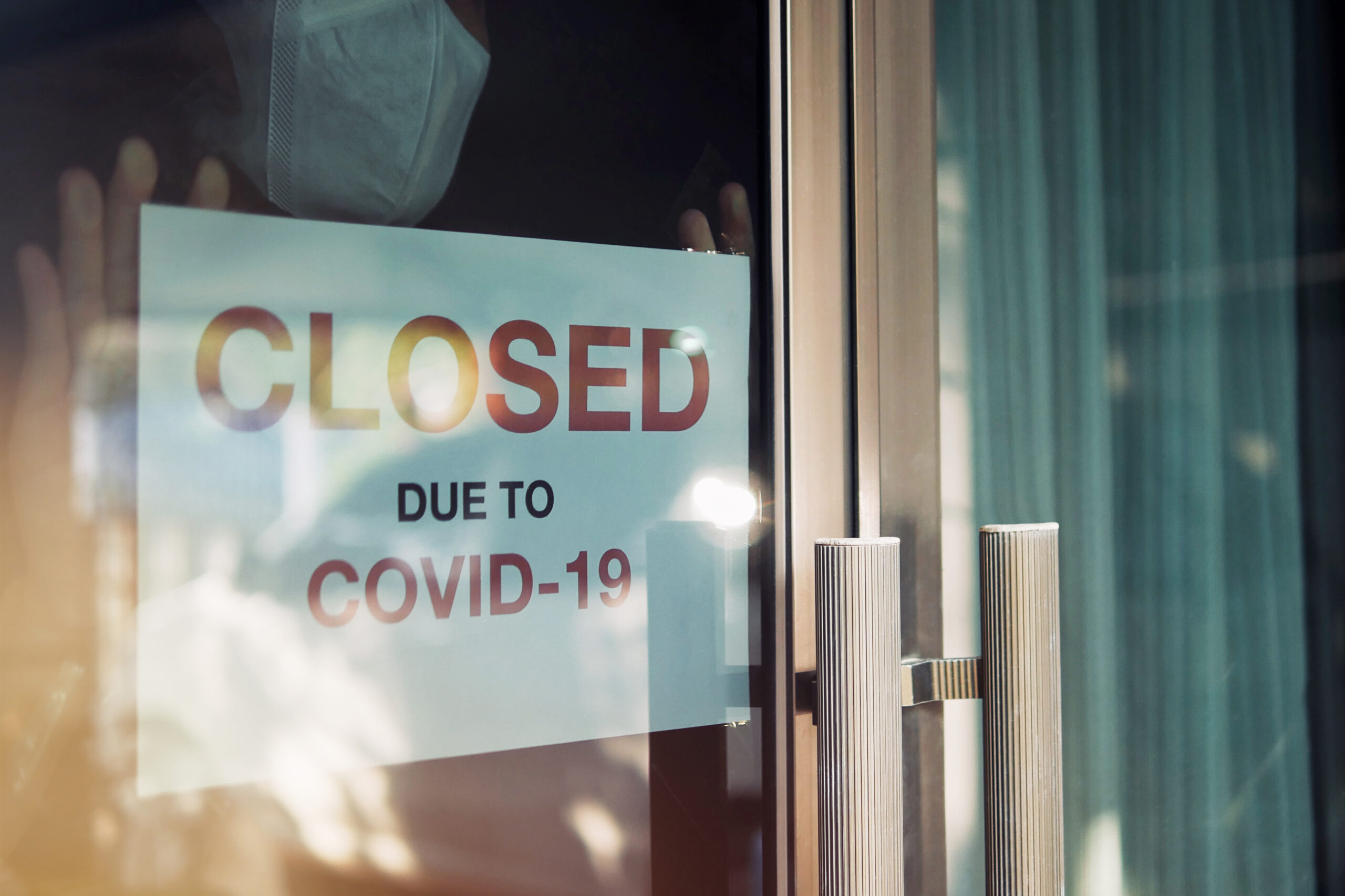Poverty and Opportunity
The equal participation of women in politics and government is integral to building strong communities and a vibrant democracy in which women and men can thrive. By voting, running for office, and engaging in civil society as leaders and activists, women shape laws, policies, and decision-making in ways that reflect their interests and needs, as well as those of their families and communities.
Today, women constitute a powerful force in the electorate and inform policymaking at all levels of government. Yet, women continue to be underrepresented in governments across the nation and face barriers that often make it difficult for them to exercise political power and assume leadership positions in the public sphere. This chapter presents data on several aspects of women’s involvement in the political process in the United States: voter registration and turnout, female state and federal elected and appointed representation, and state-based institutional resources for women. It examines how women fare on these indicators of women’s status, the progress women have made and where it has stalled, and how racial and ethnic disparities compound gender disparities in specific forms of political participation.

Details
Map Description, legend or descriptive text
Section Links
Political Participation Rank and Score by State
Halting Recovery Leaves Women’s Unemployment in Double Digits, and Women’s Payroll Employment Still 6.9 Million Below Pre-Crisis Levels
New jobs figures from July show much less job growth than in the previous month, and while women were the majority of those who gained jobs, they continue to face a higher jobs deficit than men, according to the U.S. Bureau for Labor Statistics latest Employment Situation release.
Prioritizing Student Parents in COVID-19 Response and Relief
Nearly four million U.S. undergraduate college students are parents or guardians of children under the age of 18. These student parents, who already faced immense financial, child care, food, and housing insecurity before the COVID-19 pandemic, are now dealing with multiple new barriers, including school closures, lay-offs, and child care disruptions, among other challenges.
Economy Adds More Jobs for Women Than Men, But Women Still 8 Million Jobs-on-Payroll Below February and Majority of All Who Lost Jobs
The economy added 4.8 million to non-farm payroll employment, according to the latest U.S. Bureau Employment Situation Release. Yet, while women gained the majority of new job, they continue to lag further behind men in terms of getting back to pre-COVID 19 employment levels.
Holding Up Half the Sky: Mothers as Workers, Primary Caregivers, & Breadwinners During COVID-19
In the United States, women now make up more than 50 percent of the workforce, reflecting growth in health care, education, and service sectors over the last decade. The decline of the wages and real earnings of all workers over time coupled with the rise in cost of living expenses, such as housing, means that the income and earnings of women are critical to the overall economic security and wellbeing of families.
Women Gain Disproportionately Fewer Jobs in May, and Face Disproportionately Higher Job Losses since February
DOWNLOAD REPORT As the Economy Starts to Grow Again, Job Growth and Unemployment Continue to Differ Strongly by Gender, Race, and Ethnicity As the economy has started to add jobs again in May, strong gender differences remain. The U.S. Bureau of Labor’s June Employment [...]
Bridging Systems for Family Economic Mobility: Postsecondary and Early Education Partnerships
DOWNLOAD REPORT About this Report Promoting family economic security and mobility requires collaboration across key systems that serve families. This report describes opportunities for the early childhood and higher education systems to support each other’s key goals for system advancements to increase economic [...]







